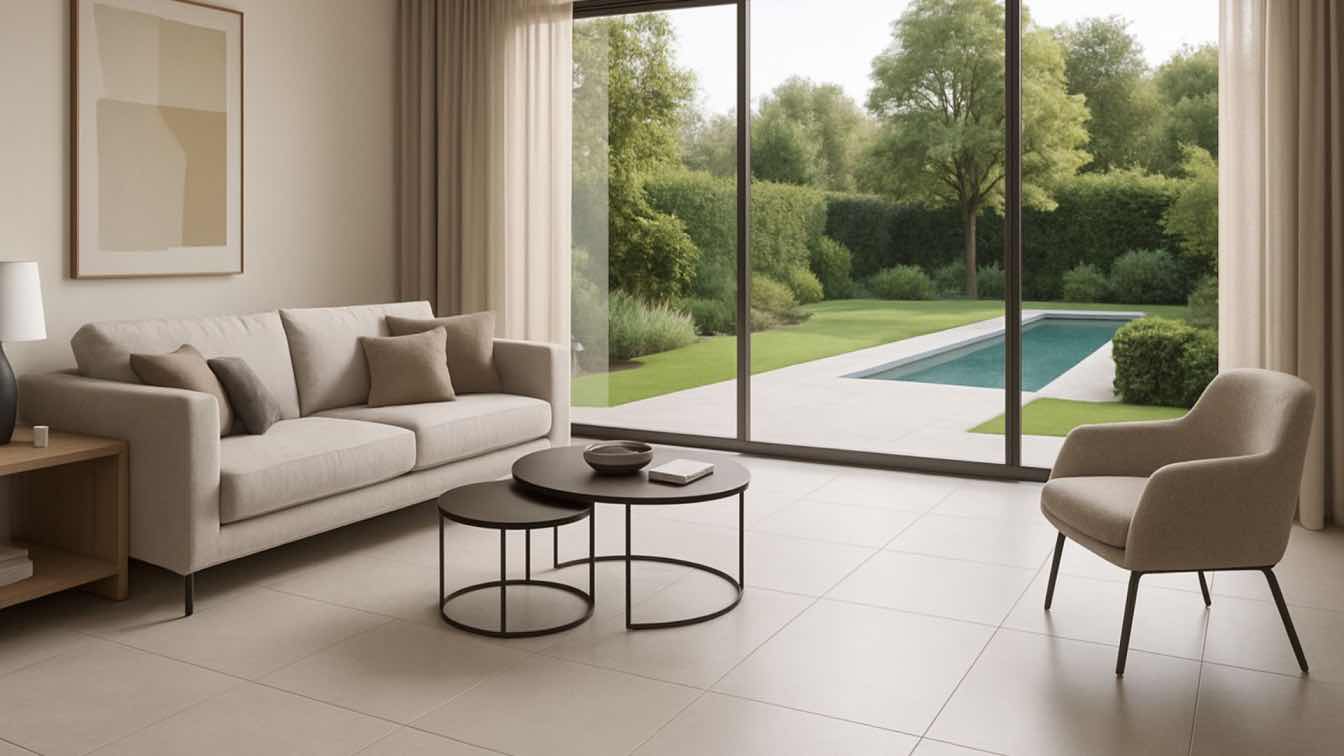Moisture damage can destroy your floors over time, leading to warping, mold growth, and costly repairs. Whether you have hardwood, laminate, or carpet, keeping your floors dry is essential for maintaining their quality and extending their lifespan. Here’s how you can protect your floors from moisture damage.
Address Water Damage
If you notice any signs of water damage on your floors, it’s crucial to address it immediately. Whether it’s a small stain, warping, or a musty smell, delayed action can lead to further damage, including mold growth and structural issues. First, identify the source of the water, such as a leak or flood, and fix it to prevent further moisture from affecting the floors.
Once the source is dealt with, dry the area thoroughly with fans, towels, or a wet vacuum. When it comes to water damage, signs of a bulging floor often indicate that moisture has seeped beneath the surface, causing the material to swell and warp. If the damage is significant, you may need to replace the affected flooring or call in a professional to assess and repair the damage to prevent long-term issues.
Use Doormats and Rugs
Place doormats at all entry points to catch dirt and moisture before it reaches your floors. Rugs and mats are especially useful for areas like entryways or hallways where people often track in water or snow. Choose absorbent mats designed to handle wet conditions, and ensure they’re cleaned regularly to prevent mold and mildew growth.
Install Proper Ventilation
Good ventilation can help keep moisture levels in check, especially in areas prone to humidity like bathrooms, basements, and kitchens. Use exhaust fans to remove excess moisture from the air, and consider installing a dehumidifier if you live in a particularly humid area. Proper airflow can prevent water from settling into your floors and causing long-term damage.
Install Exhaust Fans in Key Areas
Bathrooms, kitchens, and laundry rooms generate a lot of moisture. Exhaust fans help remove excess humidity from the air, preventing it from settling on your floors and causing damage. Make sure these fans are properly vented to the outside to avoid pushing moisture into other areas of your home.
Use Ceiling Fans for Better Airflow
Ceiling fans aren’t just for cooling - they can also improve airflow in rooms prone to humidity. By circulating air, they help prevent moisture from accumulating on floors and surfaces. Keep them running in rooms like bathrooms and kitchens to maintain consistent airflow, especially after showers or cooking.
Seal Your Floors
Applying a protective sealant to your floors can create a moisture-resistant barrier. Hardwood floors, in particular, benefit from sealing, as it prevents water from seeping into the wood. For laminate and vinyl floors, sealing the seams can also reduce the risk of water getting beneath the surface. Reapply the sealant as needed to maintain its effectiveness.
Clean Up Spills Immediately
Accidents happen, but how you handle spills can make a significant difference. Wipe up any liquid that spills onto your floors as soon as possible. The longer moisture sits on your floor, the more likely it is to cause damage. Use a dry cloth or towel to soak up the spill, and avoid using excessive water when cleaning your floors to prevent excess moisture buildup.
1. Act quickly to prevent absorption: When you spill something, whether it’s water, juice, or a greasy substance, it’s crucial to act fast. The longer liquid sits on your floor, the more it has the chance to seep into seams or cracks, causing swelling or discoloration.
2. Use the right cleaning materials: For an effective cleanup, avoid using harsh chemicals or excessive water that could damage your floors. Use a microfiber cloth or soft towel to soak up spills, as these materials are gentle on surfaces while absorbing moisture.
3. Dry the area thoroughly: After cleaning up the spill, make sure the area is completely dry. Use a dry towel or cloth to wipe down the floor and ensure no lingering moisture is left behind.
4. Check for hidden moisture: Even after you’ve cleaned up a spill, moisture could still be trapped in the seams, cracks, or grout lines of your floors. For hardwood or laminate floors, check the edges to ensure no water has been absorbed into the wood.
Control Humidity Levels
High humidity is a major contributor to flood damage, especially in areas like basements or bathrooms. Invest in a humidity monitor to keep track of moisture levels in your home. Ideally, you want to maintain indoor humidity levels between 30-50%. If levels exceed this range, use a dehumidifier to reduce moisture and prevent floor damage.
Moisture damage is preventable with the right precautions. By identifying moisture sources, using mats and rugs, ensuring proper ventilation, sealing your floors, cleaning up spills quickly, and controlling humidity, you can keep your floors safe and in great condition. Taking these steps will help you avoid costly repairs and maintain the beauty and functionality of your floors for years to come.





